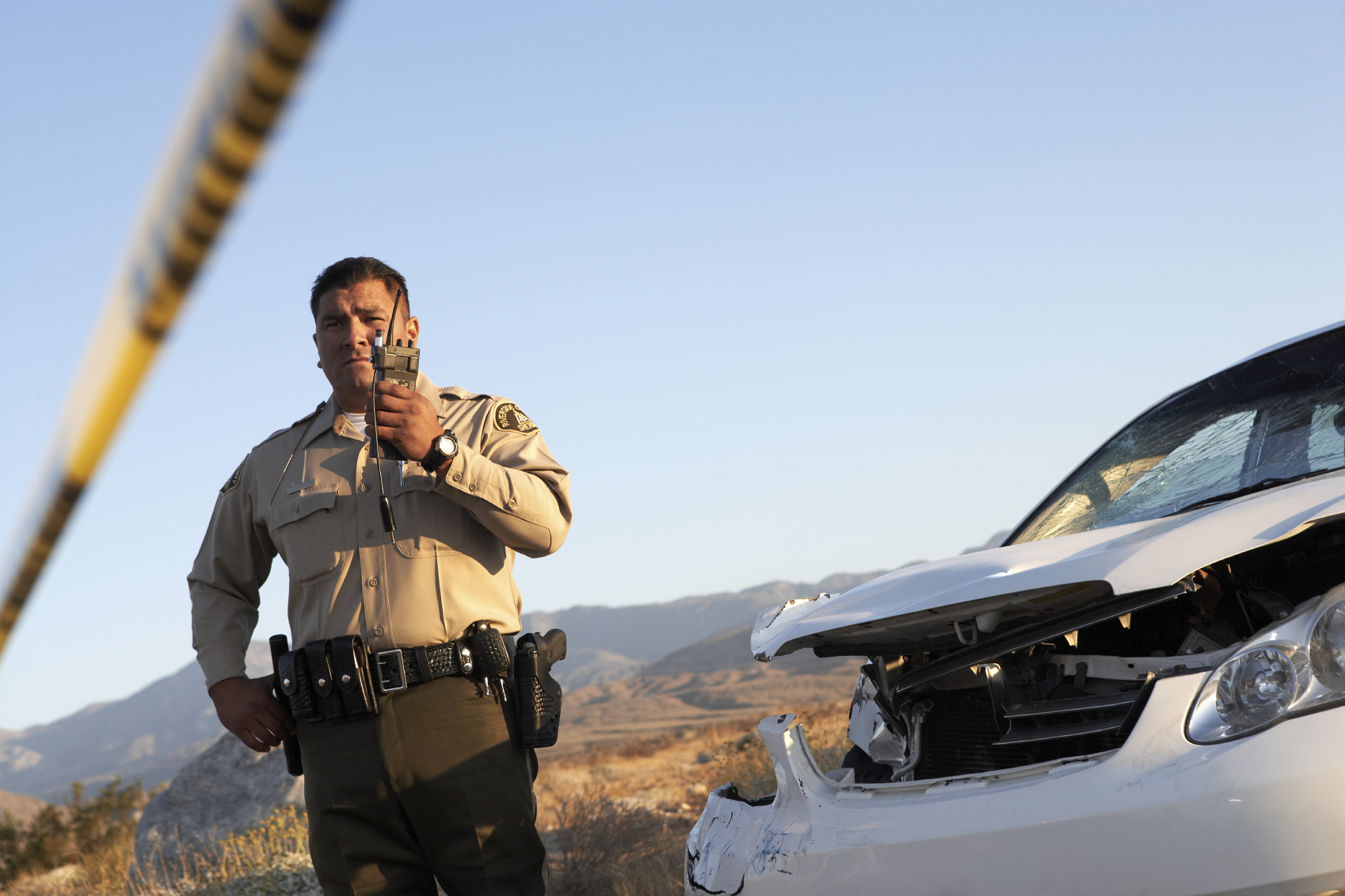
For some reason, deer along with other large animals (like elk and moose) never frequently obey those Deer Crossing signs the thing is along roads and highways. Maybe they are simply natural scofflaws, and also they can’t believe the policies cover them, too. This ways that your responsibility for preventing deer-car accidents falls within the shoulders of drivers.
But seriously, when wild animals step out on the blacktop, bad things are likely to happen. According to the National Highway Traffic Safety Administration, approximately 1.5 million deer-vehicle accidents occur each and every year in the us, causing about 10,000 personal injuries (to those) and about $1 billion in harm to vehicles. Orgasm is most of the deer additionally, the car that end up to the losing end of your deal, about 200 people lose their lives on a yearly basis caused by vehicle collisions with deer.
For drivers, a common option would be to have some commonsense precautions to aid prevent deer-car?accidents.
When to view Out
Though a car-deer collision can technically happen any time throughout the day or night, usually there are some particular times when extra vigilance is necessary. Deer are usually more active at dawn and dusk, as well as the hours from sundown to midnight are preferred times to provide. Be especially careful when driving through these hours-especially in spots where Deer Crossing signs are posted or where you’ve seen animals in the past.
Also, the breeding season for the white-tailed and mule deer ranges from October through January, and both species are usually a great deal more active and mobile during these months. Winter conditions make deer much more likely to venture nearer to populated areas to uncover food. Moreover, driving conditions in much of the land are usually more challenging while in the winter months. That’s why winter tends to be the “perfect storm” of deer danger.
Where to view Out
Except only a few very arid regions in southern Arizona and California, deer can be located virtually everywhere in the U.S. Though it’s typical to determine deer wandering blithely through the suburban neighborhood, they’re most commonly witnessed in wooded or forested areas, or in the boundaries between wild and agricultural land.
What to see For
Obviously, deer don’t actually await Deer Crossing signs; the twelve signs are placed there to alert drivers. Deer wish to browse where they already have ready admission to cover, so any road which goes through or next to the woods provides the potential for deer danger. Pro-tip: possibly a defunct deer on the road, that’s probably a fantastic area to be extra vigilant.
Also, deer are herd animals, so when you see one one can find likely 12 if not more you do not see.
How in order to avoid Collisions
Two words: slow down.
In any section where deer are possible traveling, losing speed is the best defensive measure. Take it easy on blind hills and curves, too, as you may potentially come around the bend in order to find Bambi browsing the path, staring placidly towards you.
While driving through wooded country roads, takes place high-beams wherever possible. This will likely illuminate much more of the places on spare on both within the road. Animals have a tendency to turn their heads to look at vehicles, so look for “eyeshine” since your headlights are reflected from the eyes of deer.
If you encounter animals from the roadway, don’t swerve to prevent yourself from them. Instead, slow or stop and loose time waiting for the theifs to move. Blowing one particular, long blast in the car’s horn will often help. Especially on winding mountain roads, getting into additional lane to acquire around a deer is never a good option, as other vehicles could approach on the other.
It sounds odd, today some deer-vehicle accidents involve a deer hitting your car as opposed to the other way around. Sometimes there’s just nothing that you can do in order to avoid a collision having an animal that darts outside in front of you. The slower your car travels, the less harm to the passenger truck and deer involved-and the cheaper probability of injuring an individual inside the vehicle.
A Final Note on Insurance
Note that if you hit a deer with your car, your initial concern should be the safety of yourself along with your passengers. If anyone is injured, your initial call is always to 9-1-1. Regardless of whether no people are hurt, generally in most jurisdictions you need to still call the police or sheriff’s department. They’ll really need to write a car accident report and possibly haul away the deer carcass.
After you’ve addressed those immediate needs, you should call your insurance carrier. Realize that deer-car?accidents actually aren’t typically covered below your auto collision coverage. Instead, this damage is usually handled under your comprehensive coverage. For those who have collision and not comprehensive coverage on your vehicle, it’s likely you’ll cause all damages if however, you hit a deer using your car.








